After the last mobility to Spain, a new task awaited the students: researching architectural landmarks in Slovenia.
We divided the task into three parts: the older students researched the architecture of the capital city, while the younger students explored the architecture of Rače. Together, they also explored the architecture of Maribor, the second-largest Slovenian city and the capital of the Styria region.

On the 21st of November in 2022, older students visited Ljubljana, where they toured the buildings in our capital under the expert guidance organized by TIC Ljubljana. They learned about the history of Ljubljana, its legends, and its architectural appearance.
The tour started at the Union Hotel. In the video, the two students explain in English why the hotel was important at that time.
The students walked along the Triple bridge, which is on the UNESCO cultural heritage list. The guide explained that the triple bridge in its current form is the work of the architect Plečnik.
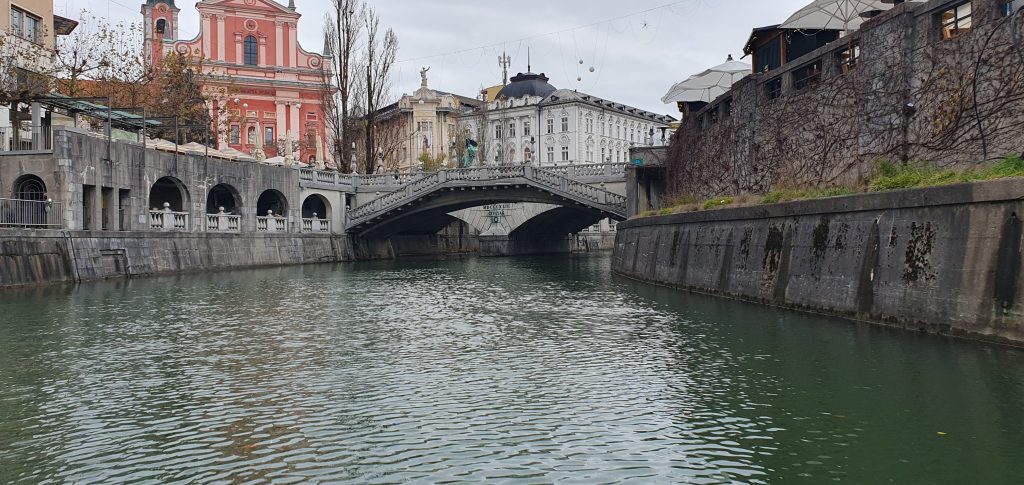
We have heard a lot about the architect, who had a significant influence on Ljubljana’s architecture. We saw quite a few buildings that were created under his leadership and planning. The National University Library was the most interesting for the students. They made a short video about its architecture.
Churches are an important part of every city. In the very center of Ljubljana, we visited two: the Church of the Annunciation on Prešeren square and the cathedral – St. Nicholas.
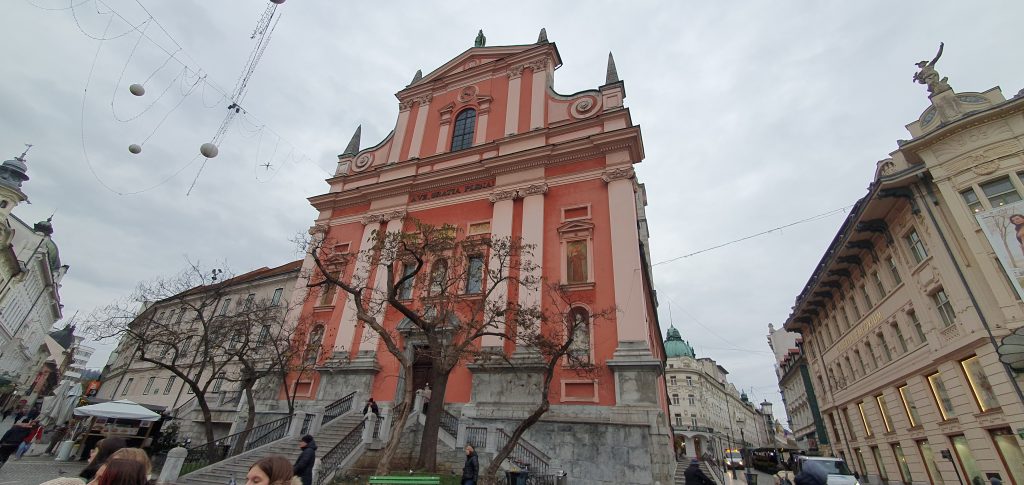
Near the cathedral is the Town Hall or Rotovž in which the Municipality of Ljubljana is located. In front of the house is Robb’s well. It was supposed to represent the three rivers of Krajnska: Ljubljanica, Krka, and Sava.
After visiting the Town Hall, we went on a boat ride on the Ljubljanica river. We noticed that there are quite a few bridges in the city itself. Very interesting was the new Butcher’s bridge, or Ljubljana’s Bridge of love. The lovers put locks on it and throw the keys into the river. That way, their love should last forever.

The second part of the assignment was completed in Maribor. It was done by almost all the pupils who attend eTwinning. It was quite a colorful group of students aged from 9 – 13 years. Since the Maribor Art Gallery recently opened an exhibition of the architectural work of the architect Saša Dev, who greatly influenced the development of the city’s architecture, we decided to visit it.

The curator introduced us to the profession of an architect, and to the life of Saša Dev. We have seen his building plans.
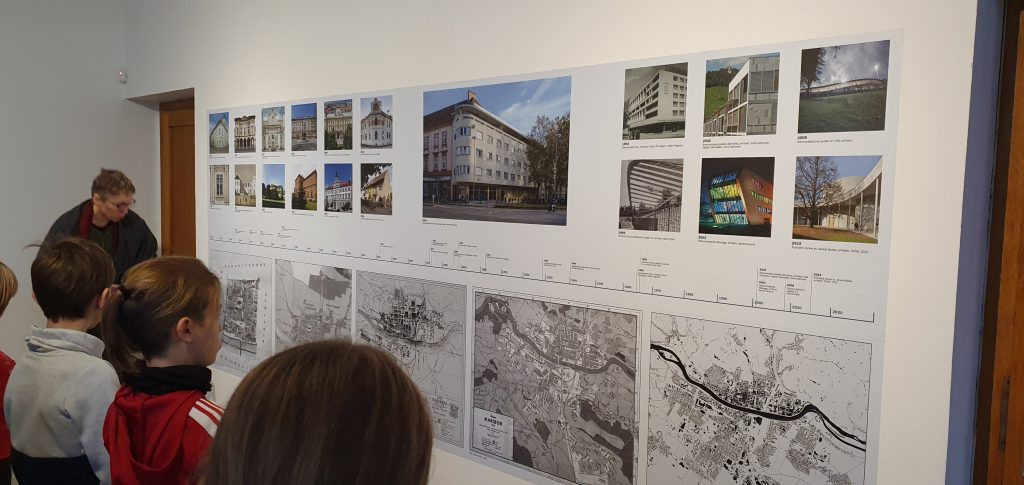
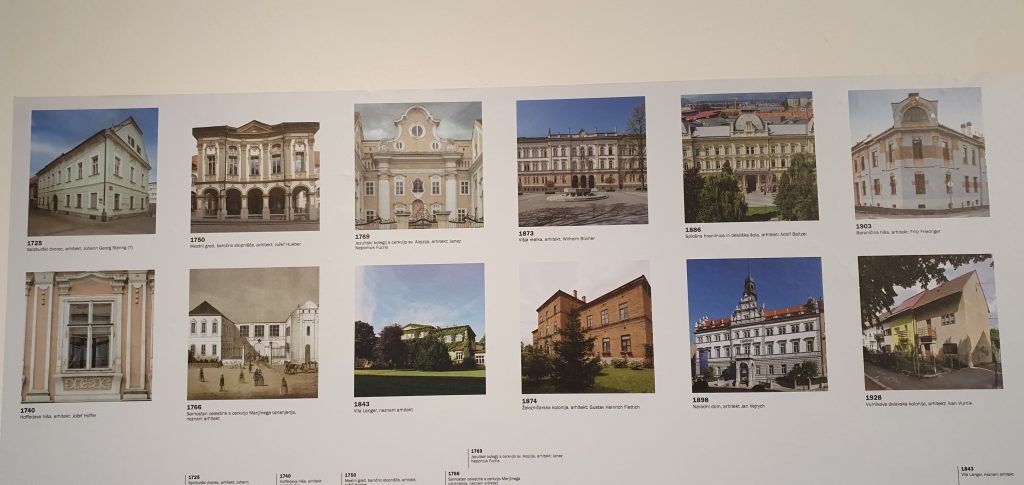


After the exhibition, we went around the city with the curator. First, we stopped at the former bank, which was the first building in Maribor made of concrete and steel.
Architect Saša Dev also designed Hutter’s block of flats and the medical center. Near the Hutter block is the city hall, a beautiful building with a neo-baroque facade.
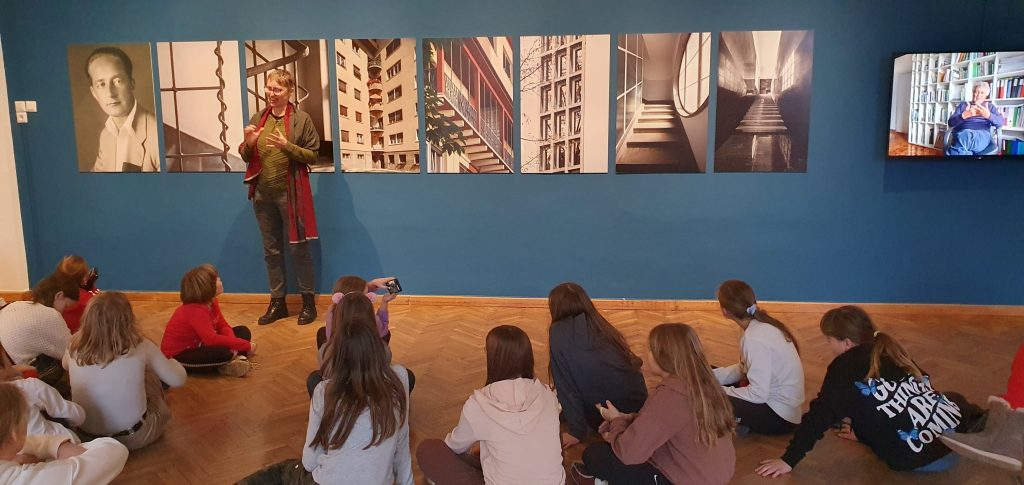
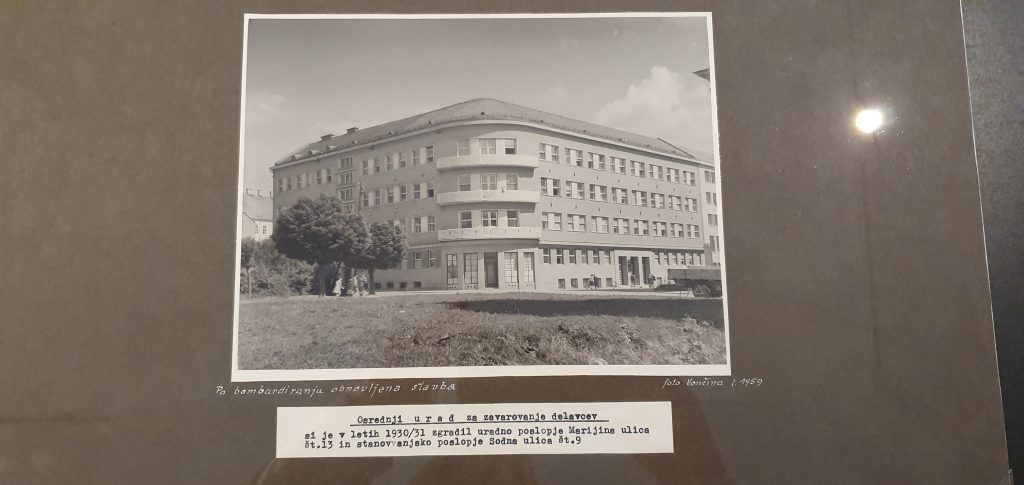

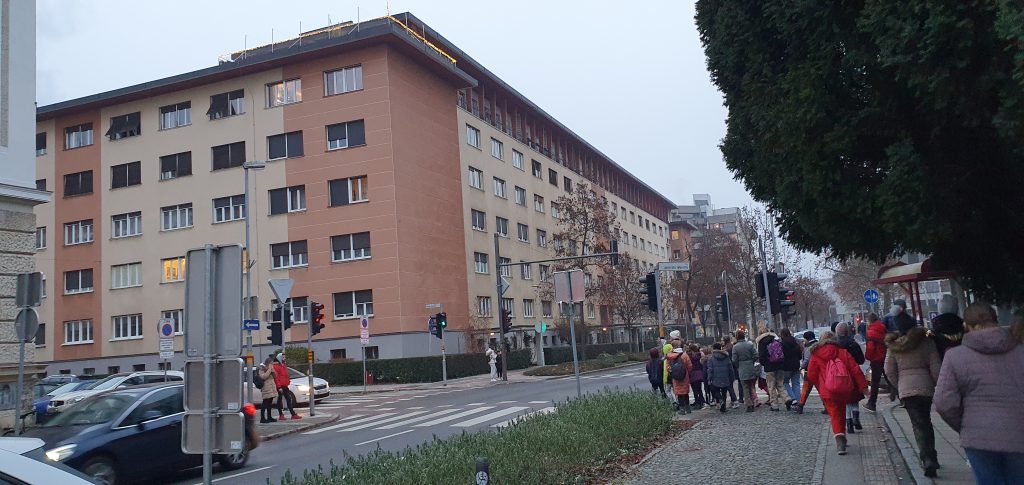
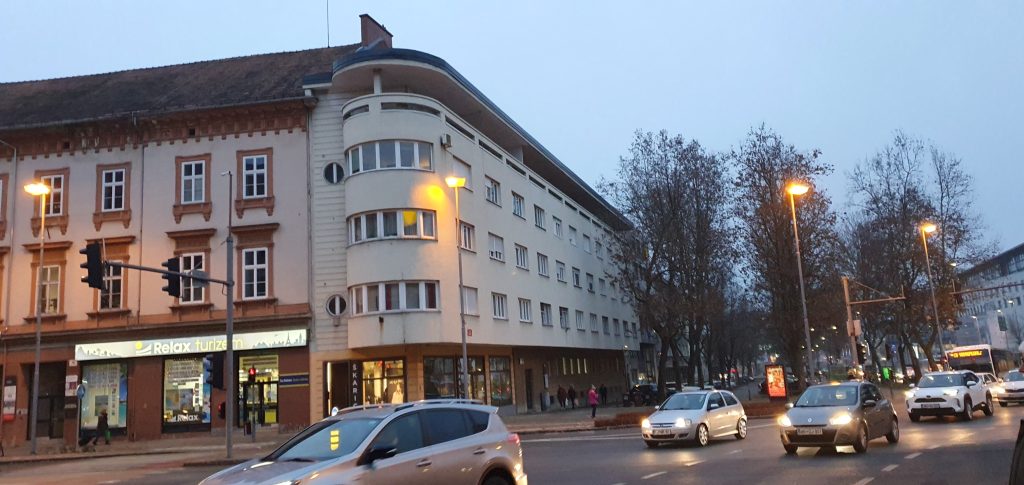
The Maribor castle is one of the most remarkable architectonic monuments of the city. It boasts with several constructional and style periods and was built by Emperor Friderik III between the years 1478 and 1483 for the purpose of fortifying the northeastern part of the town wall.
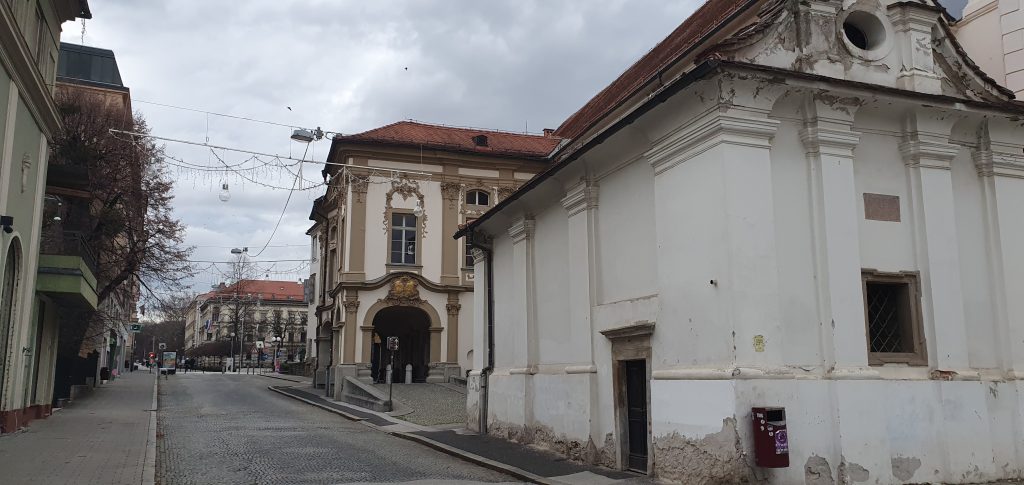
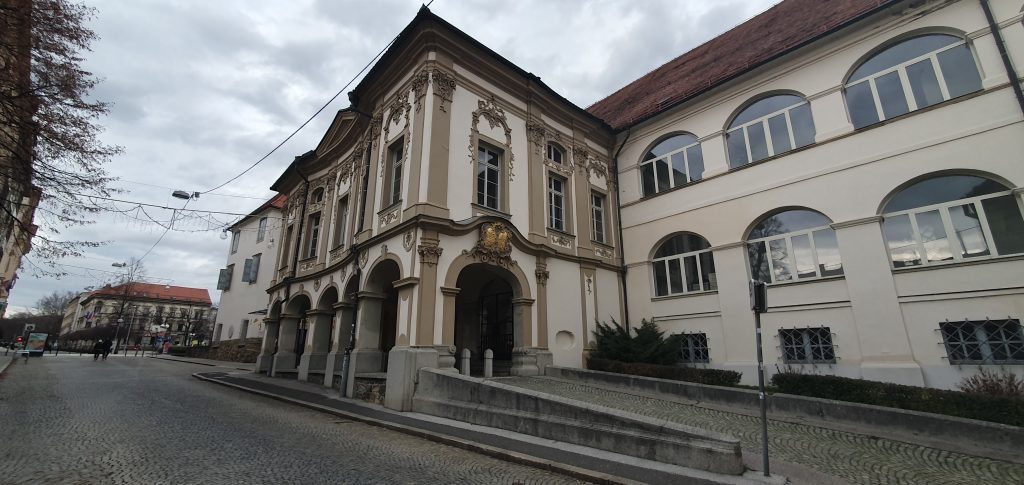

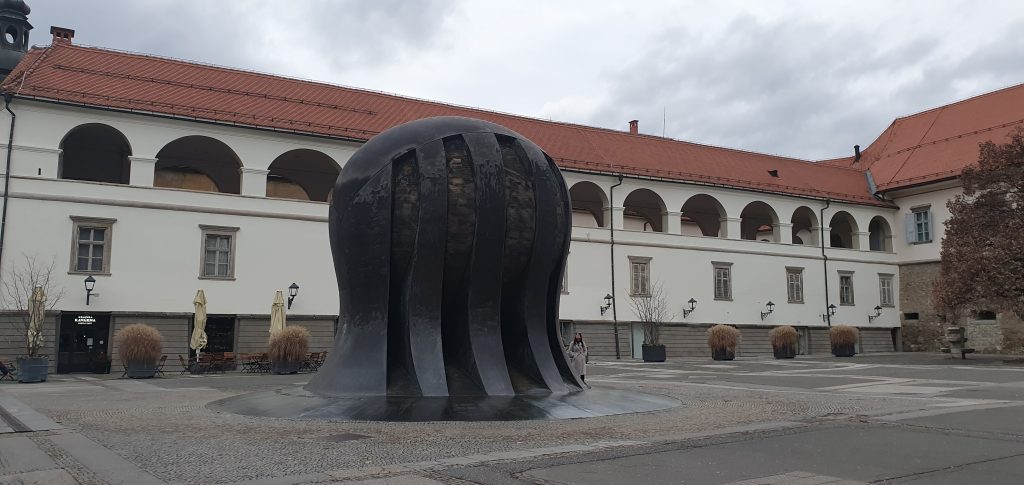

The Franciscan church and its monastery is standing next to important streets in the center of town. This “reddish” church is very interesting with its two towers and exterior appearance. We had the opportunity to see the Cathedral Church, which is also remarkable but looks completely different from the Franciscan church.
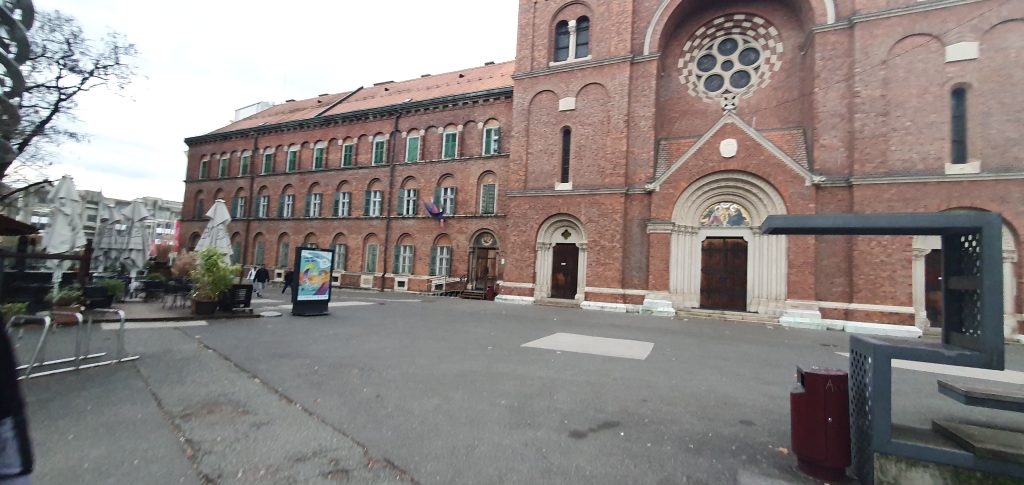
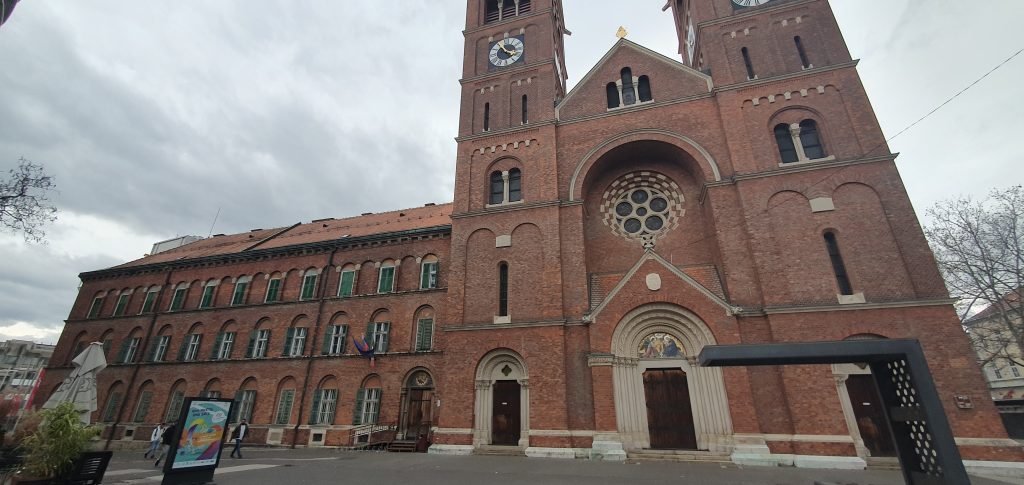
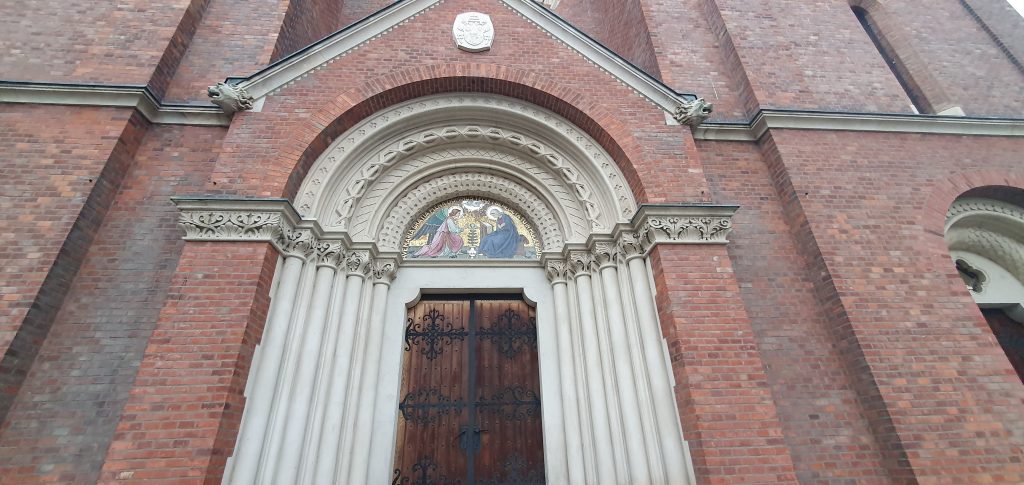
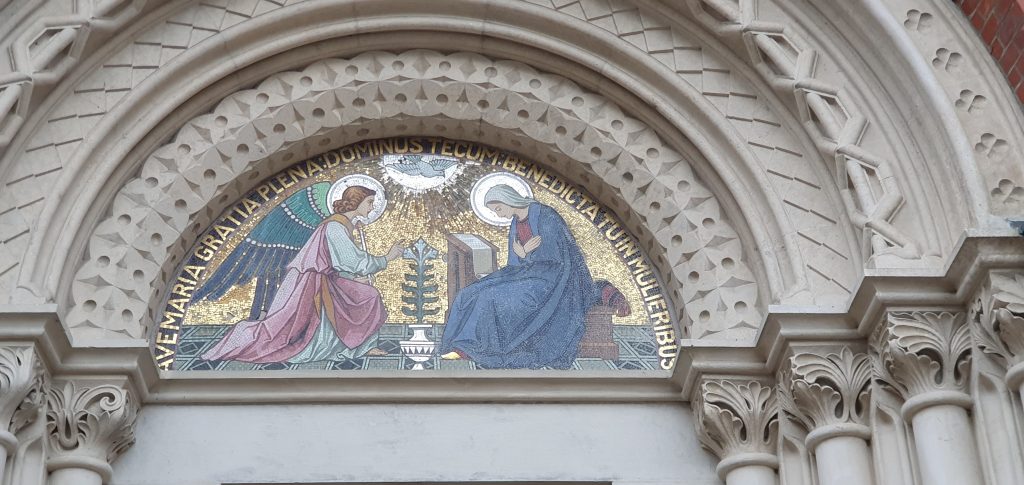
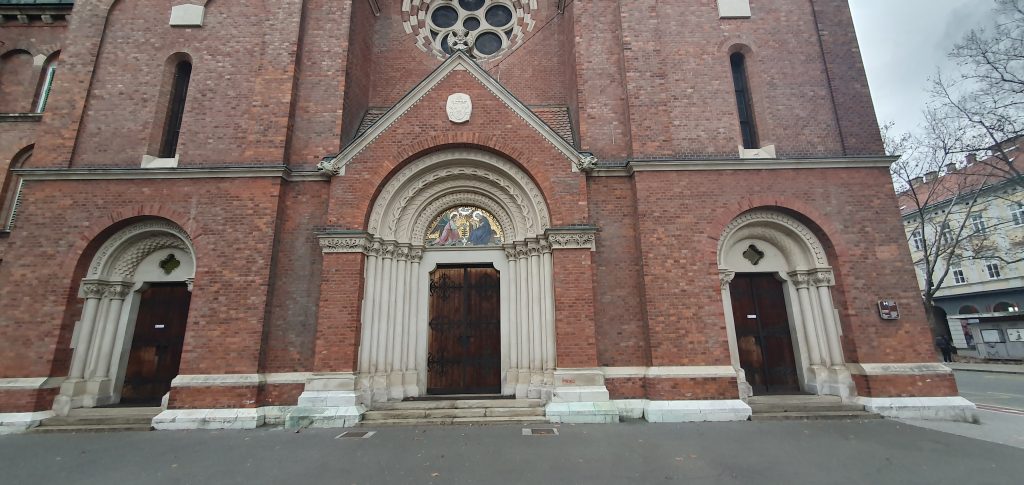
On the Main Square, we went to the Plague sign – a monument commemorating the plague. The plague broke out in Maribor for the first time in the 17th century. Approximately one-third of the inhabitants died and the Plague Column was built in 1681 when this terrible disease was over.

Bridges are also an important part of Maribor architecture. There are six of them across the Drava River, and the seventh is currently being built.
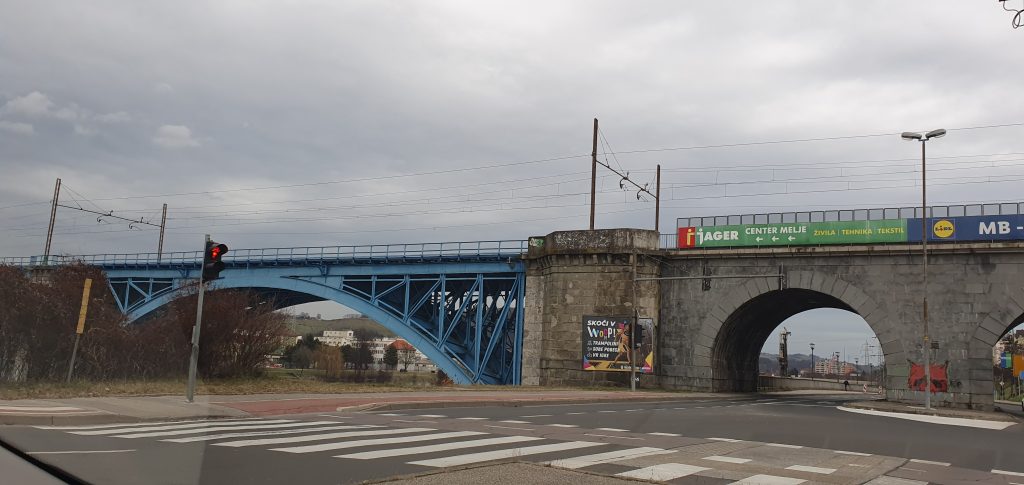
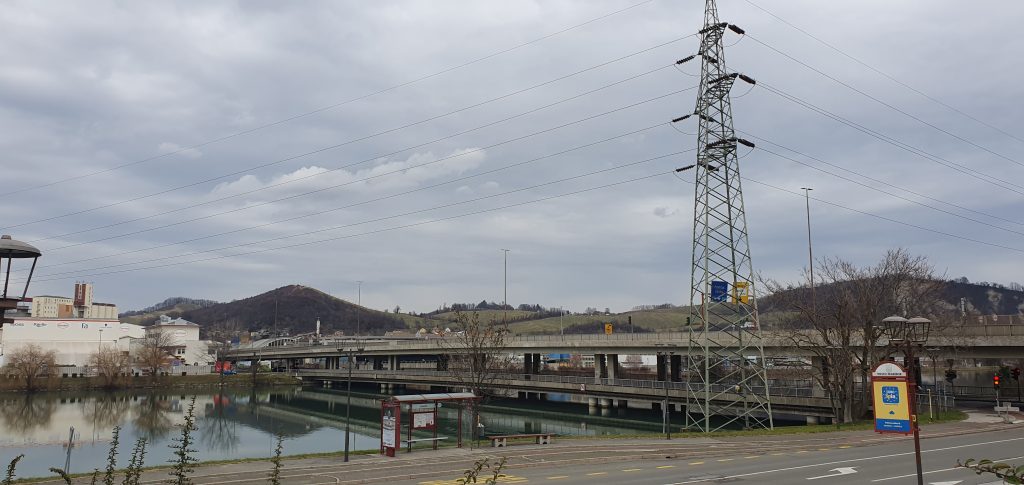

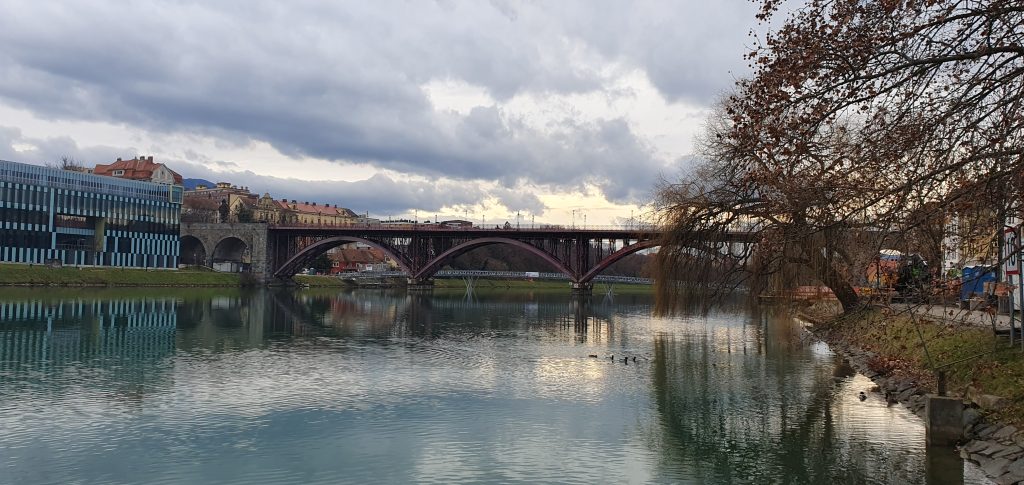


Shortly after the new year, the younger students of the eTwinning group went to see the architecture of our town Rače.
In Rače there is a beautiful castle, which is the pride of our place. It has two round turrets and is particularly interesting because of its key shape. Then we went to the church. The church is relatively young, as the original building was built only in 1967.

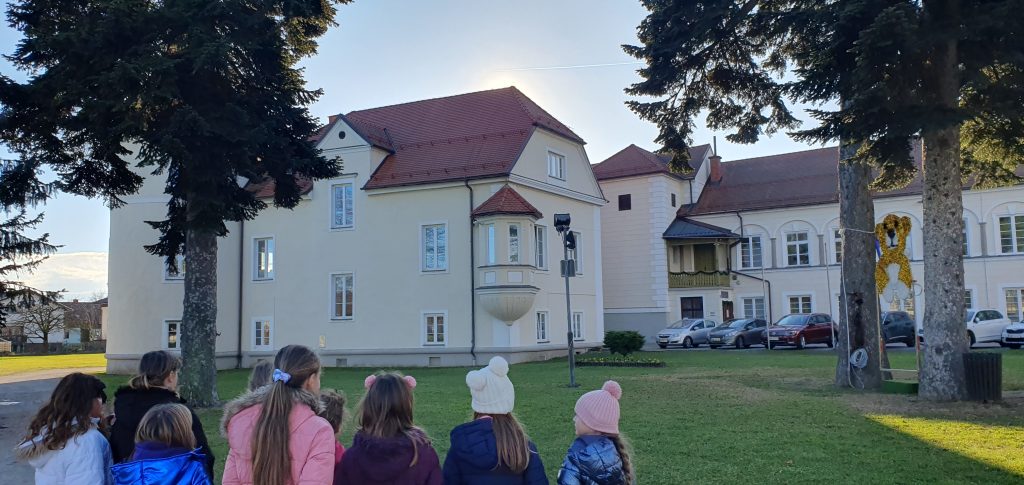
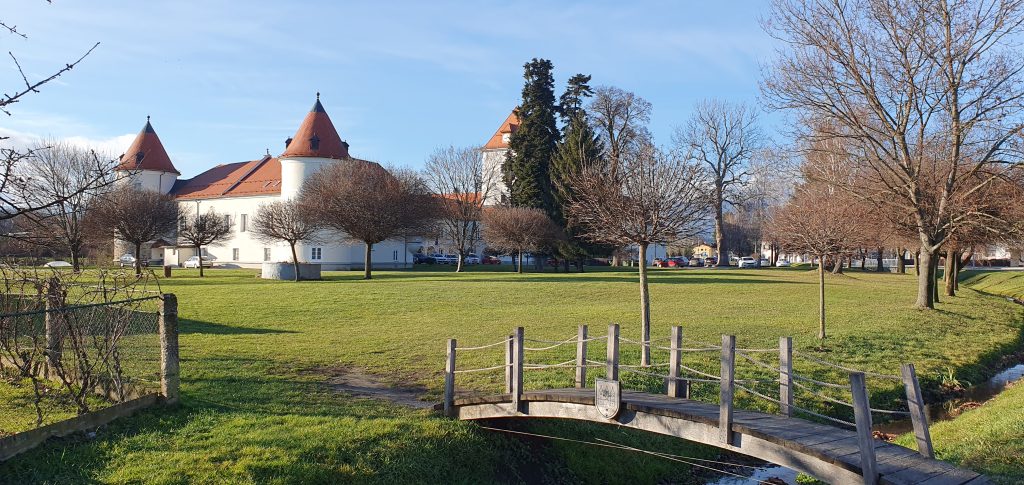

After visiting those three cities students tried to edit a joint document in order to prepare a PPT on Slovenian architecture. They came to the conclusion that the architecture of individual places differs from each other. On the other hand, they could still find many similarities according to the period in which each building was built.
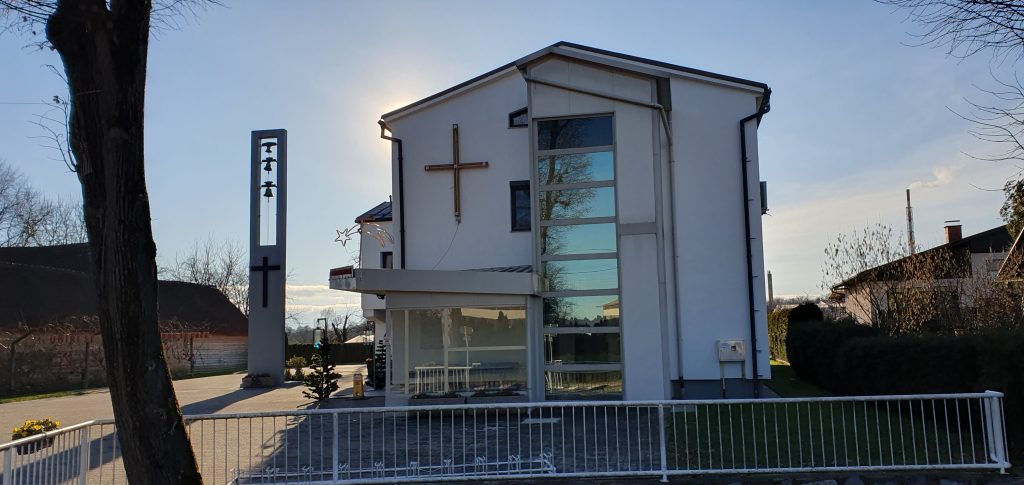


At the school, we prepared an exhibition of all the architectural symbols that we received from all the Erasmus+ partner’ schools.
